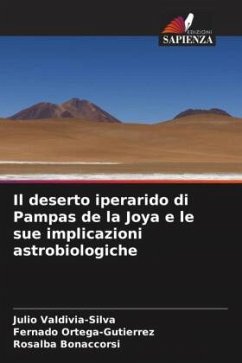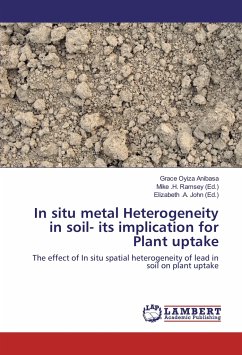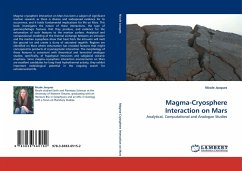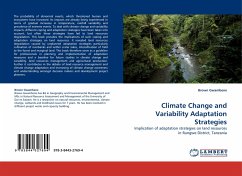
Pampas de la Joya Hyperarid Desert and its astrobiological implication
Versandkostenfrei!
Versandfertig in 6-10 Tagen
24,99 €
inkl. MwSt.

PAYBACK Punkte
12 °P sammeln!
Mars-like environments on Earth can be used as a model to guide the investigation of possible habitable environments on Mars. This book aims to evaluate and analyze thoroughly the geology, geomorphology and soil petrology of the Pampas de La Joya Desert in southern Peru, in order to understand the local and surrounding environmental processes that transformed the region into a hyperarid desert with well-known Mars-like soil characteristics. Using a multidisciplinary approach, we describe the different soils that compose the floor of the desert, as well as describe and interpret the post-Oligoc...
Mars-like environments on Earth can be used as a model to guide the investigation of possible habitable environments on Mars. This book aims to evaluate and analyze thoroughly the geology, geomorphology and soil petrology of the Pampas de La Joya Desert in southern Peru, in order to understand the local and surrounding environmental processes that transformed the region into a hyperarid desert with well-known Mars-like soil characteristics. Using a multidisciplinary approach, we describe the different soils that compose the floor of the desert, as well as describe and interpret the post-Oligocene landscape emphasizing some Mars-like features with respect to its acting geologic processes, the habitability potential under very low levels of nutrients and water, and its suitability to sustain microorganisms or their remains. Finally, Pampas de La Joya is compared as an environmental analogue of Mars conditions when liquid water could be scarce on the surface of the planet. Altogether, Pampas de La Joya is an interesting place for astrobiological studies as an environmental analog to ancient Mars.












